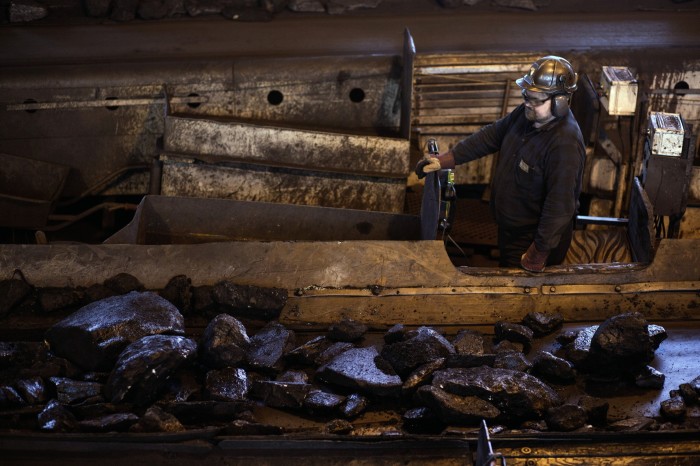
Steelmakers look to hydrogen to green heavily polluting sector
Financial Times
Close to the Arctic Circle in northern Sweden, work is under way to complete a €6.5bn project that aims to cut the carbon emissions from traditional steelmaking by 95 per cent.
H2 Green Steel expects to begin production of the metal by mid-2026 at its greenfield site in Boden, with ambitions to ramp up supply to the European market initially to 2.5mn tonnes a year, growing to 5mn tonnes annually by 2030.
At the heart of the project is the use of hydrogen — produced through electrolysis using Sweden’s excess capacity of green hydroelectric power — as an alternative to conventional coking coal. Hydrogen gas will be used to reduce iron ore, turning it into hot “green” iron that can then be mixed with recycled scrap and rolled into fresh steel in electric arc furnaces.
Electrolysers with a capacity of 700MW at the integrated plant are intended to produce 100,000 tonnes of the gas per year, making it one of Europe’s biggest planned green hydrogen facilities.
The venture’s planned steel output remains modest compared with the 152mn tonnes a year that trade body Eurofer, the European Steel Association, calculates is produced across the EU. But Boden’s backers hope the plant will serve as a blueprint for decarbonising steelmaking elsewhere in the trading bloc, and beyond.
The need to decarbonise the industry is pressing worldwide. Steel production remains heavily dependent on coking coal in traditional blast furnaces, which produces huge amounts of carbon dioxide. Electric arc furnaces typically used in the recycling of scrap or final stages of steel production are less carbon-intensive but can also be highly polluting, depending on the carbon footprint of their electrical power supply.
Overall, steel production is calculated to be responsible for 7-9 per cent of the world’s annual CO₂ emissions, according to the World Steel Association. Using hydrogen instead of coal in the process, however, produces water vapour rather than carbon dioxide.
Coking coal — which is polluting and commonly used in steelmaking — is mined in Pawlowice, Poland © Bartek Sadowski/Bloomberg
Henrik Henriksson, chief executive of H2GS, says: “This is our first project, not our last.” The company has also identified Canada, Brazil, the US and Portugal as locations that — given the development of sufficient renewable energy — could also be suitable for hydrogen-powered plants.
But the short-term fortunes of the Swedish steelmaker depend on securing a market of customers prepared to pay a premium for
The full article is available here. This article was published at FT Markets.
Comments are closed for this article!